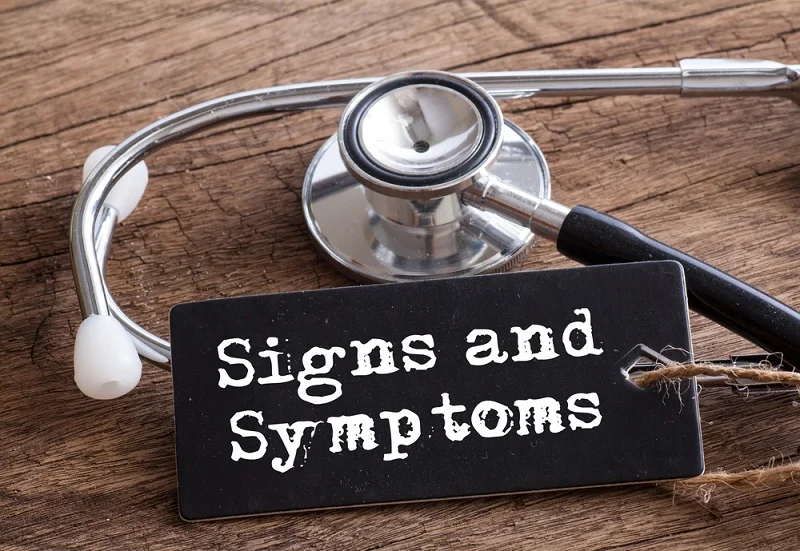Stats, Signs and Treatment of Anal Cancer
In most, you may not have routine physician visits for your "anal health", but many individuals are in an enhanced danger of anal cancer. This involves males who have sex with males, females who are affected by cancer, and those who are HIV positive.
The incidence of anal cancer has increased over the previous three decades in the U.S., and there have been about 7,000 instances every year in this region. In contrast to the colon or rectal cancer, a couple of human papillomae virus strains or HPV, which have hundreds of distinct subtypes and can cause cervical cancer in females and anal cancer.
Anal or rectal bleeding is the most common sign of colon cancer. Colon polyps mostly cause cases of colon cancer. Finding and removing polyps by colonoscopy decreases your danger of cancer. Anal cancer, if diagnosed prematurely, is less prevalent but also curable. However, you need to visit GI doctors in OKC for treatment.
Of the 1.2 million individuals living with HIV in the United States, approximately half of all males and one-third of females are affected by HPV-related modifications to their anus cells — some may take many years to evolve into anal cancer.
Who Can Get Anal Cancer?
In individuals over the age of 60, most anal cancers (80 percent) are diagnosed. Anal cancer in males is more common before the age of 35. However, anal cancer is somewhat more frequent in females after age 50.
In comparison with married males, the incidence of anal cancer is six times greater for individual males.
The growth of anal cancer is heavily linked with receptive anal intercourse.
The resulting genital warts are a significant risk factor for cancer from infection with human papillomavirus (HPV).
Immunocompromised patients are susceptible to anal carcinomas, such as those with HIV disease. The predictions for this subgroup are worse than for patients who are not immunocompromised.
Gardasil has also been approved for the prevention of anal cancer in males and females for one of the HPV vaccines initially authorized for prevention of cervical cancer.
Cancer Symptoms
Bleeding is the most prevalent symptom of anal cancer. Since anal itching can also be a symptom of cancer, several individuals assign hemorrhoids to their bleeding and itching. This may delay an anal cancer diagnosis. Anal cancer may include other signs and symptoms:
Pain in the anal area
Pressure in the anal area
Unusual discharges
Lump
Changed bowel habit
However, to understand symptoms better, you need to visit GI doctors in OKC.
Diagnosis
During the regular rectal digital examination or a minor operation, anal cancer may be identified, for example, the removal of hemorrhoid. More invasive processes such as anoscopy, proctoscopy, or endorectal ultrasound can also detect cancer.
Contact Digestive Disease Specialists Inc. for protecting your digestive health from mouth to, well, anus.
** Disclaimer: The article above implies no medical advice; it constitutes no terms between patient and doctor.


